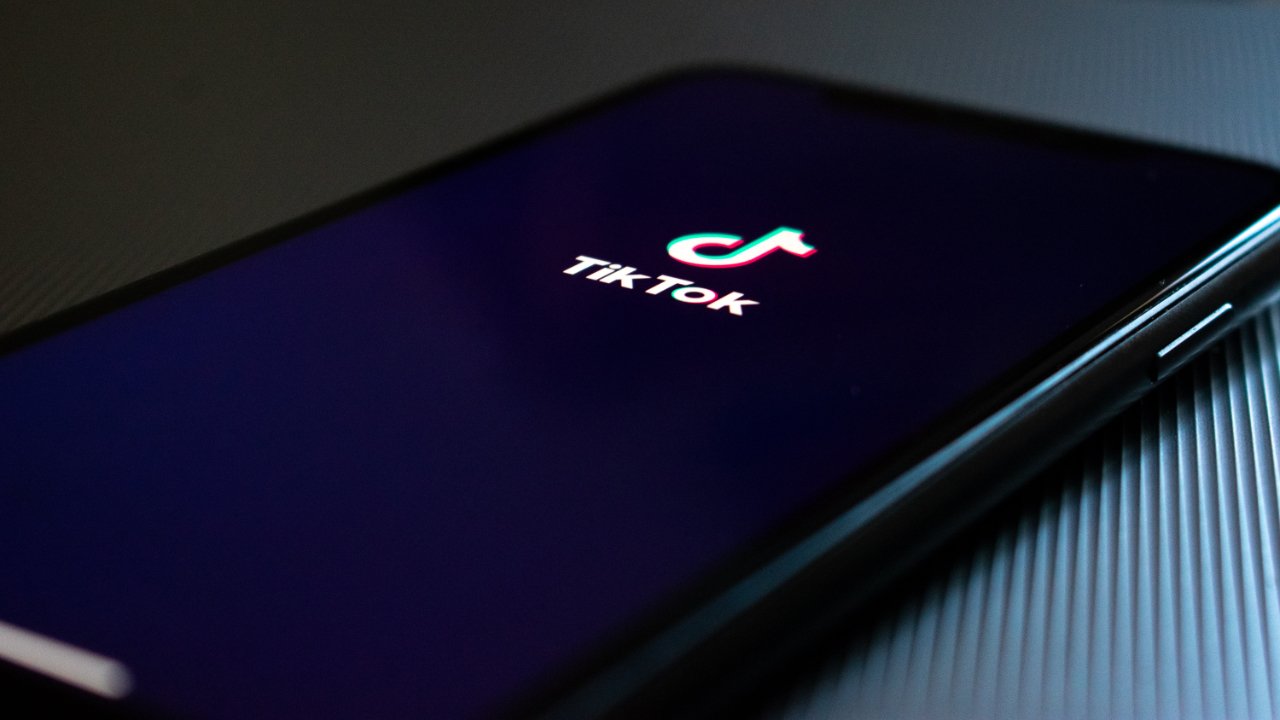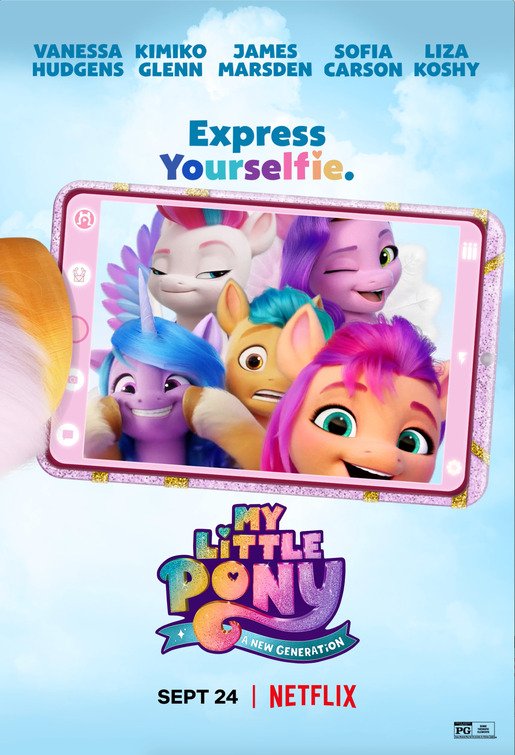
New TikTok Feature Attempts to Increase Profits as Competition Grows
By Movieguide® Contributor
TikTok is opening up a new avenue for revenue through the Series feature, allowing creators to post paywalled content.
TikTok’s Series allows creators to post collections of premium content locked behind a paywall.
Each Series can include up to 80 videos, extending up to 20 minutes long and doubling the regular maximum video length of 10 minutes.
The new feature is currently only available to select creators, but the company will eventually expand applications for others to enroll.
TikTok creators set their own price on their Series and, for a limited time, will earn 100% of their Series profits after platform and processing fees. The company has yet to disclose what the revenue split will be in the long term. Viewers can purchase the content through direct in-video links or on a creator’s profile page.
Like all content on TikTok, Series videos are required to adhere to the company’s community guidelines standards.
TikTok’s Series comes as the company tries to improve its profitability. After spearheading short-form content in 2018, TikTok has faced ruthless competition from other social media sites piggybacking off the company’s success.
Now that sites like YouTube and Instagram have short-form platforms of their own, often providing better perks to their creators, TikTok had to innovate.
The Series feature is just one of a couple of ways the company is trying to stay at the top. In 2020, TikTok launched a creator fund meant to pay out $1 billion over three years, which they have since expanded upon.
TikTok is also trying to provide for longer-form content creators through their Creativity Program Beta, which pays creators of “high quality, original content” longer than one minute a larger share of ad revenue.
Movieguide® has previously reported on TikTok’s revenue initiatives:
Following an initial boom, video-sharing giant, TikTok, is struggling to attract new users, prompting the company to consider new tactics, including implementing paywalled content.
TikTok’s effort to rejuvenate interest is focused on making the platform more enticing to creators, which will in turn boost user numbers.
When TikTok rose to dominate short-content media in 2018, there were few alternatives available to creators desiring to make that form of content. This allowed the company to pay creators at a rate well below the industry standard. Creators flocked to the app anyway, due to its large userbase and its ability to turn anyone into a celebrity overnight.
Not wanting to miss out on the action, other social media sites created ways for short-form content to be created on their sites such as Instagram Reels or YouTube Shorts. These social media companies have an audience to rival the size of TikTok’s as well as revenue from other content areas that they can funnel toward their short-form content creators.
Last September, YouTube announced an extremely generous revenue split on Shorts videos, doling out 45% of the ad revenue generated to short-form creators.
It’s no wonder that creators are now leaving TikTok for other platforms, bringing many users with them. In 2022, the company saw a 3.5% decrease in its monthly user base across the year. Once the head of the industry, TikTok is now playing catchup to remain competitive against other social media platforms.
One proposed solution to generate more revenue for creators is to form a paywall service. This service would allow creators to put a price on their content, requiring users to pay to watch some or all of their videos.
This solution would mirror a current feature on Instagram where creators can share subscriber-only posts, Reels, and stories, that non-subscribers cannot see.
Another solution proposed by TikTok would be to improve its current payout fund. The current fund, launched in 2020, was designed to pay out $1 billion to creators over a 3-year period. This model has faced extensive criticism because it limits the amount of money creators can earn, with some people receiving only a few dollars while generating millions of views.
TikTok would increase the money in the fund and lower the eligibility requirements for the fund, effectively increasing revenue for creators and allowing smaller creators to get in on the action.
While none of these solutions are set in stone, it’s clear that TikTok will need to make some sort of change if they want to stay at the top of the short-form media food chain.
Questions or comments? Please write to us here.


 - Content:
- Content: 

